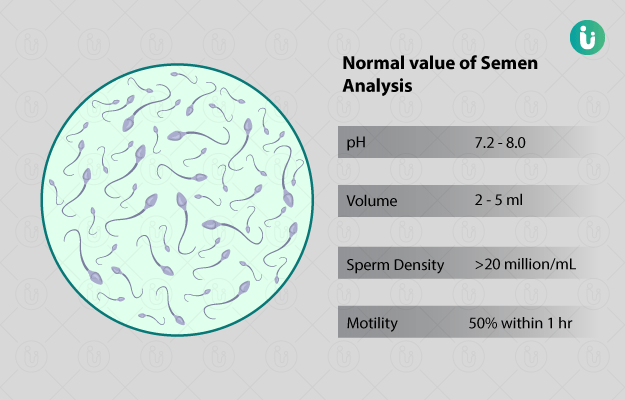What is Protein Electrophoresis Serum test?
The protein electrophoresis serum test measures the different types of proteins in your serum. Serum is the liquid component of the blood without clotting factors.
Proteins have a positive or negative charge and move when placed in an electric field. Using this principle, electrophoresis applies an electric current to separate serum proteins into groups of similar charge, size and shape.
The following proteins are detected in this test:
- Albumin: Albumin comprises 60% of the total protein in the serum.
- Globulin: Globulin includes all the proteins other than albumin in the serum. It is divided into alpha1, alpha2, beta1, beta2 and gamma globulins (antibodies).
These proteins move at different rates in an electric field and form a distinct pattern of bands that helps to identify certain diseases. Protein electrophoresis serum test is generally used to identify the presence of an abnormal protein called M protein in the serum. High amount of M proteins are seen in those with multiple myeloma (a type of cancer).














